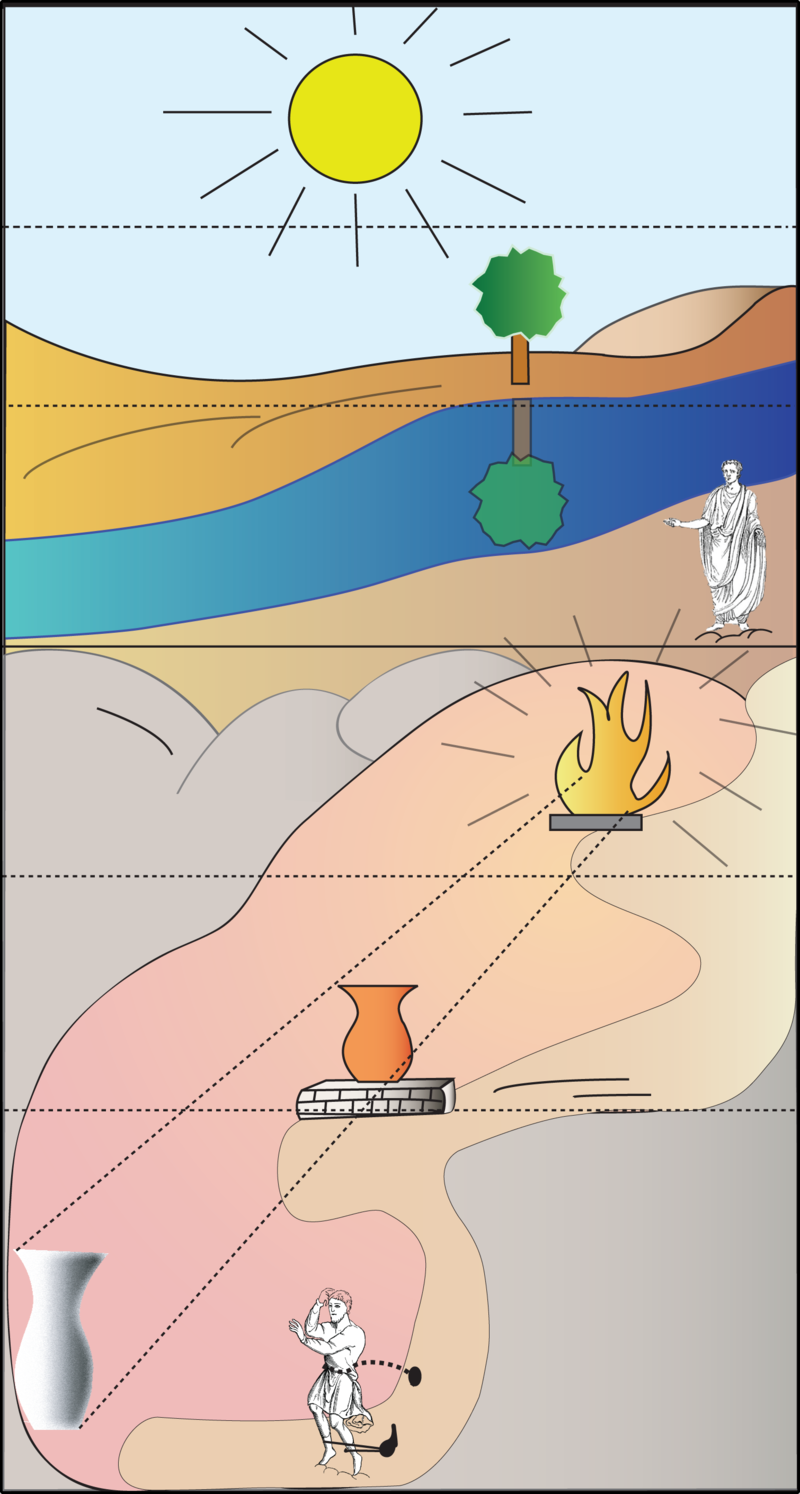
BRT has written copiously about The Limits of Knowledge as quantum reality works in ways beyond the kin of man. From Plato to Einstein, the quest to learn how existence works never ends as nature's the ultimate trickster, forever keeping the true essence of herself forever hidden from our prying eyes.
More than a half century ago, Richard Feynman advised us to accept that nature makes no sense. “Do not keep saying to yourself … ‘But how can [nature] be like that?’” Feynman warns in The Character of Physical Law, “because you will get ‘down the drain,’ into a blind alley from which nobody has yet escaped. Nobody knows how it can be like that.” Most physicists have followed Feynman’s advice. Ignoring the oddness of quantum mechanics, they simply apply it to accomplish various tasks, such as predicting new particles or building more powerful computers.
Today, there are more interpretations than ever, but they deepen rather than dispel the mystery at the heart of things. The more I dwell on puzzles such as superposition, entanglement and the measurement problem, the more I identify with the piranha. I’m blindly thrashing about for insights, epiphanies, revelations. Every now and then I think I’ve grasped some slippery truth, but my satisfaction is always fleeting. Sooner or later, I end up crashing into an invisible barrier. I don’t really know where I am or what’s going on. I’m in the dark.
Plato's Cave, ...
In the allegory, Socrates describes a group of people who have lived chained to the wall of a cave all their lives, facing a blank wall. The people watch shadows projected on the wall from objects passing in front of a fire behind them and give names to these shadows. The shadows are the prisoners' reality, but are not accurate representations of the real world. Three higher levels exist: the natural sciences; mathematics, geometry, and deductive logic; and the theory of forms.
Socrates explains how the philosopher is like a prisoner who is freed from the cave and comes to understand that the shadows on the wall are actually not reality at all. A philosopher aims to understand and perceive the higher levels of reality. However, the other inmates of the cave do not even desire to leave their prison, for they know no better life.[1]

Allegory of the cave. From top to bottom: The sun ("good" ideas) Natural things (ideas) Reflections of natural things (mathematical objects) Fire (light) Artificial objects (creatures and objects) Shadows of artificial objects, allegory (image, analogy of the sun and of the divided line)
The limits of knowledge indeed ...



No comments:
Post a Comment